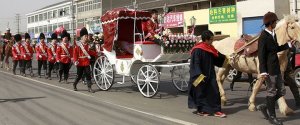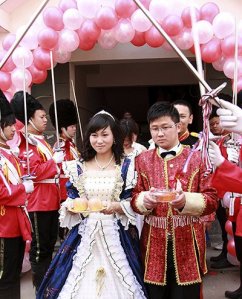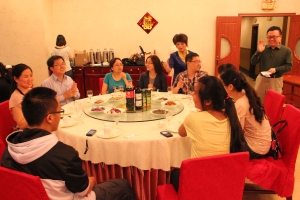I recently asked a friend about her plans for the future. She is a Beijing based university professor. My friend told me that part of her university will be moved in a few years to a new special area called Xiong’an about 100 km south of Beijing. As her children go to school in Beijing – and she wants them to stay there – she will probably be commuting to Xiong’an.
Beijing is struggling with overcrowding, heavy pollution and traffic congestion caused by the ever-growing population. The government is now seeking to relocate industries and encourage people to live further away from the megacity Beijing.
The function as zones of rapid economic growth by using tax and business incentives to attract foreign investment and technology is an important aspect of these so called special areas or special economic zones.
Here are the key contents of an article by CGTN (China Global Television Network, formerly known as CCTV-News or CCTV-9) in April 2023:
“Another new area of “national significance” following the Shenzhen Special Economic Zone and Shanghai Pudong New Area, is being developed in the Hebei Province. Some of Beijing’s non-capital functions will be moved there.
The motivation for building such a new area is to relieve Beijing of functions nonessential to its role as the nation’s capital, and to boost the coordinated development of the Beijing-Tianjin-Hebei region. Apart from the role of facilitating non-capital functions transferred from Beijing, the government also expects the area to be a new highland for international cooperation.”
Over the past six years, state-owned enterprises have set up more than 140 institutions in Xiong’an. The area is becoming the new home for several formerly Beijing-based universities, hospitals, and public institutions. Furthermore, the industry cluster features financial businesses, modern services, and digital economy. More than 80 percent of the businesses are scientific and technological enterprises relocated from the capital.
The integration and application of the Internet of Things (IoT) technologies, artificial intelligence, big data and cloud computing were underlined as key elements in the planning and designing of the city. As the “city brain” of the area, the Xiong’an Urban Computing Center was put into operation last year. It is designed to be the city’s computing system that integrates edge computing, cloud computing and supercomputing, offering computing and storage services for big data, blockchain, AI, VR, and AR sectors.






